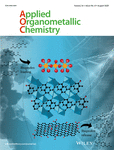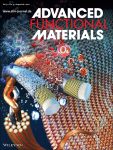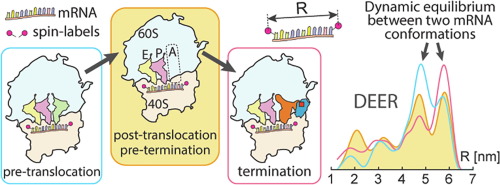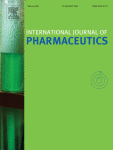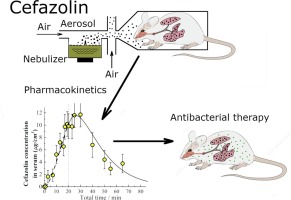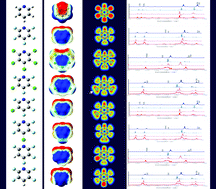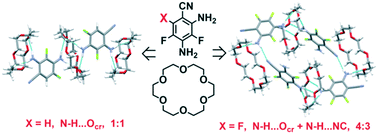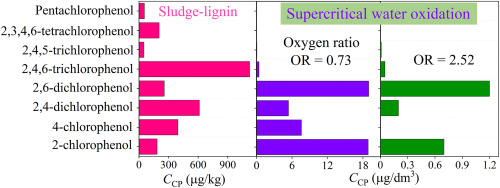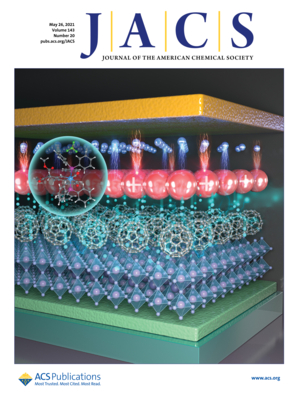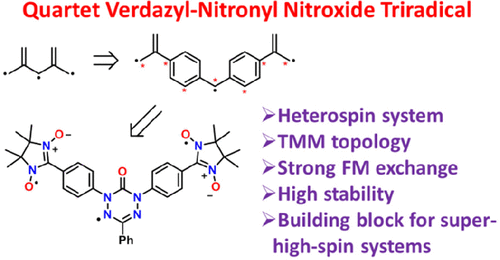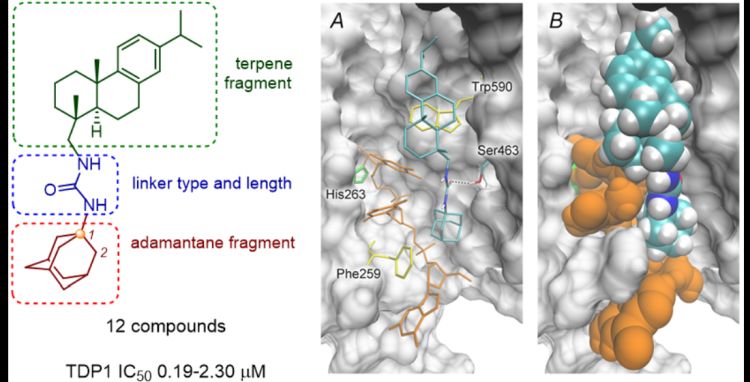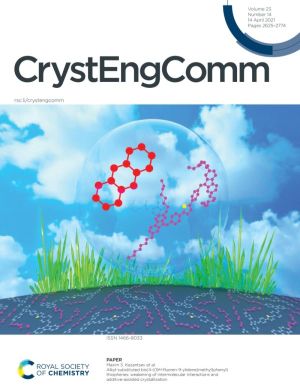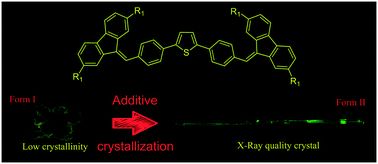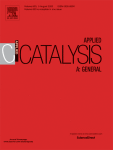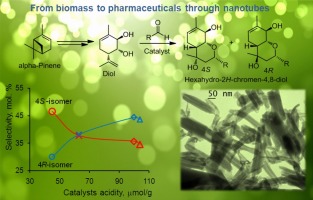На сайте журнала Applied Organometallic Chemistry (IF=4,015) опубликована статья с участием сотрудников Института д.х.н. И.И. Олейника (в.н.с, ЛЭАСМ) и к.х.н. И.В. Олейник (с.н.с, ЛЭАСМ)
α,α'-Bis (imino)-2,3:5,6-bis (pentamethylene)pyridines appended with benzhydryl and cycloalkyl substituents: Probing their effectiveness as tunable N,N,N-supports for cobalt ethylene polymerization catalysts
Mingyang Han, Ivan I. Oleynik, Yanping Ma, Irina V. Oleynik, Gregory A. Solan, Tongling Liang, Wen-Hua Sun
Applied Organometallic Chemistry,
Online Version of Record before inclusion in an issue, e6429
Abstract
A single-pot method has been utilized to prepare the bis(cycloheptyl)fused N,N,N-cobalt (II) chloride complexes, [2,3:5,6-{C4H8C(NAr)}2C5H3N]CoCl2 (Ar = 2,6-(C5H9)2–4-(CHPh2)C6H2 Co1, 2-(C5H9)-4,6-(CHPh2)2C6H2 Co2, 2-(C6H11)-4,6-(CHPh2)2C6H2 Co3, 2-(C8H15)-4,6-(CHPh2)2C6H2 Co4, 2-(C12H23)-4,6-(CHPh2)2C6H2 Co5) in reasonable yields. The molecular structure of Co1 highlights not only the steric shielding of the metal center provided by the N-2,6-dicyclopentyl-4-benzhydrylphenyl groups but also the trans-configuration of the puckered sections of the two fused seven-membered rings. Besides this structural characterization, all complexes have been characterized by elemental analysis and Fourier transform infrared spectroscopy (FT-IR) spectroscopy. In the presence of modified methylaluminoxane (MMAO) or methylaluminoxane (MAO), Co1–Co5 afforded highly linear polyethylenes (Tm′s > 126°C) with dispersities that were influenced by the type of aluminoxane activator [Mw/Mn range: 1.53–1.81 (MMAO) vs. 8.96–15.5 (MAO)]. In common to both co-catalysts, the catalytic activity of the precatalysts fell in the order: Co1 > Co2 > Co5 > Co4 ~ Co3, reflecting the differences in steric/electronic properties of the ortho-cycloalkyl substituents. In terms of thermostability of the catalyst, Co1/MMAO attained optimal performance at 30°C (2.04 × 106 g PE mol−1[Co] h−1), while Co1/MAO reached it at 60°C albeit with lower productivity (0.70 × 106 g PE mol−1[Co] h−1). In general, the polyethylenes were of reasonably high molecular weight (e.g., between 39.9 and 65.8 kg mol−1 using MMAO) which can be linked to the steric hindrance imposed on chain transfer by the cycloalkyl and benzhydryl ortho-substituents.
Альметрики:



